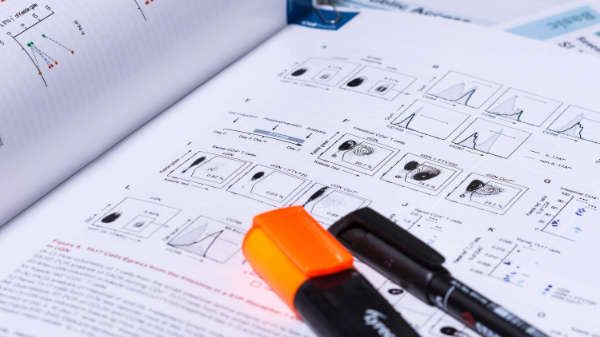29.01.19 - Neue Publikation

Wir freuen uns, dass es eine weitere Publikation im Rahmen des SFB gibt.
Das Projekt A6 unter Leitung von Herrn Dr. Turner konnte die aktuellen Ergebnisse zur Rolle von IL-22 bei entzündlichen Nierenerkrankungen unter dem Titel „Endogenous IL-22 is dispensable for tissue protection in experimental glomerulonephritis“ im American Journal of Physiology-Renal Physiology publizieren.
Wir gratulieren allen Autoren.
Endogenous IL-22 is dispensable for tissue protection in experimental glomerulonephritis.
Ann-Christin Gnirck, Malte Wunderlich, Martina Becker, Tingting Xiong, Ella Weinert, Catherine Meyer-Schwesinger, Laure Dumoutier, Jean-Christophe Renauld, Samuel Huber, Ulf Panzer, Jan-Eric Turner
Am J Physiol Renal Physiol. 2019
Abstract
In recent years, the cytokine IL-22 attracted considerable attention due to its important immunoregulatory function in barrier tissues, such as the gut, lung and skin. While a regenerative role of IL-22 in renal tubular damage has been demonstrated, the role of IL-22 in the immunopathogenesis of glomerular injury is still unknown. Here, we demonstrate that the IL-22 receptor is expressed in the glomerular compartment of the kidney and that IL-22 expression increases in the renal cortex after induction of glomerular injury in a mouse model for crescentic glomerulonephritis (cGN, nephrotoxic nephritis). We identified γδ T cells and TH17 cells as major sources for IL-22 in the nephritic kidney. However, neither genetic or antibody-mediated deletion of IL-22, nor genetic deficiency in its endogenous inhibitor IL-22Ra2 (IL-22 binding protein) did result in substantial phenotypic differences in mice with cGN with respect to crescent formation, tubulointerstitial damage and kidney function impairment. Similarly, we did not observe significant differences between wildtype and IL-22-deficient mice in a mouse model of secondary focal and segmental glomerulosclerosis (Adriamycin-induced nephropathy). As shown previously, we detected concomitant upregulation of IL-17A and IFN-γ production by T cells during the course of cGN, providing alternative cytokine pathways that mediate glomerular injury in this model. In conclusion, we show here that endogenous IL-22 expression is redundant in different forms of glomerular injury, indicating that the IL-22-directed therapies that are being tested in various human diseases might not affect the kidney in patients with glomerular disease.

